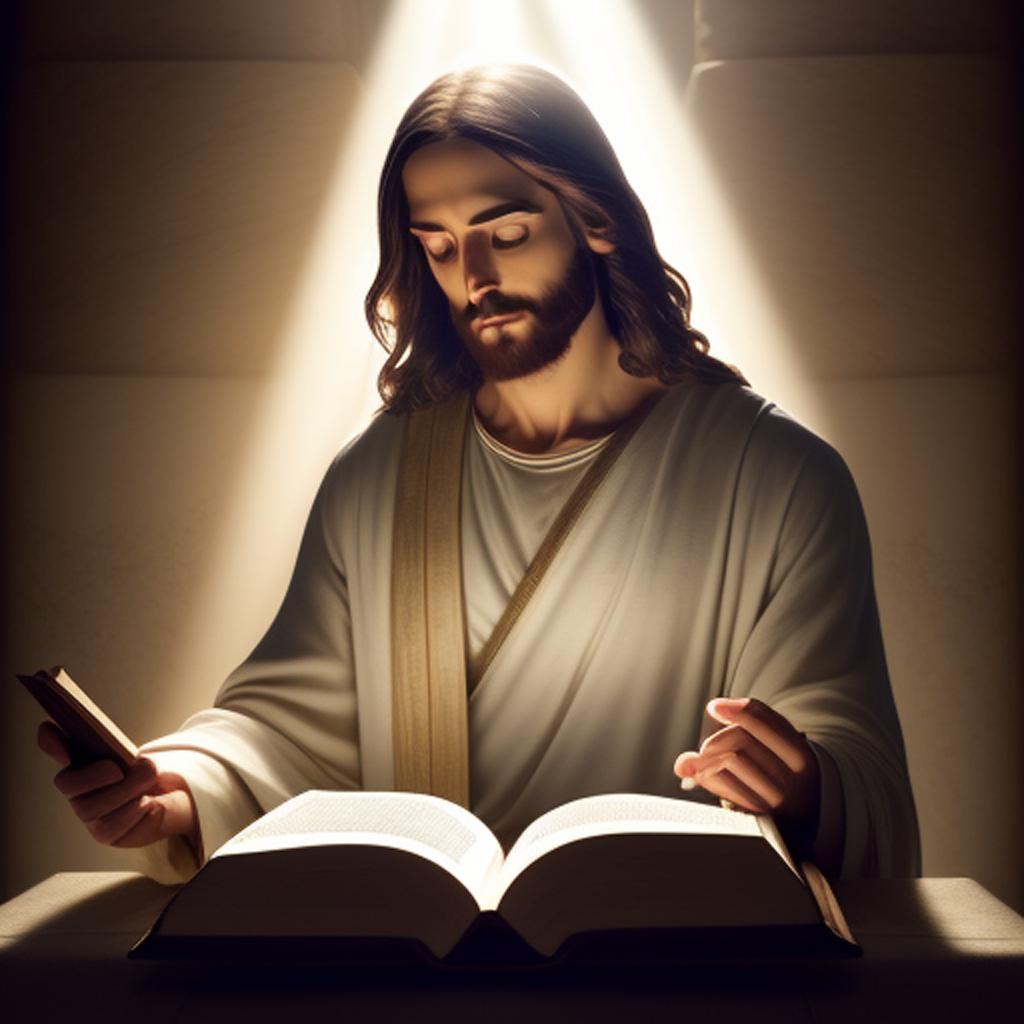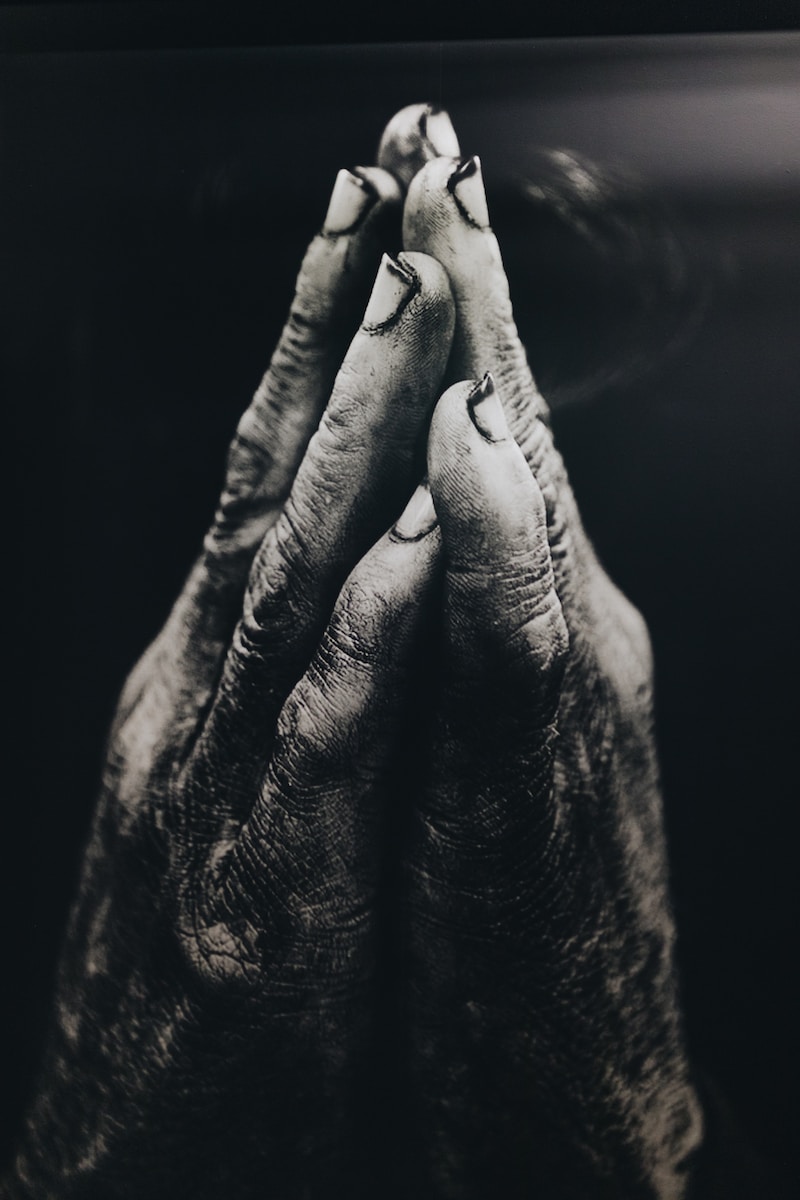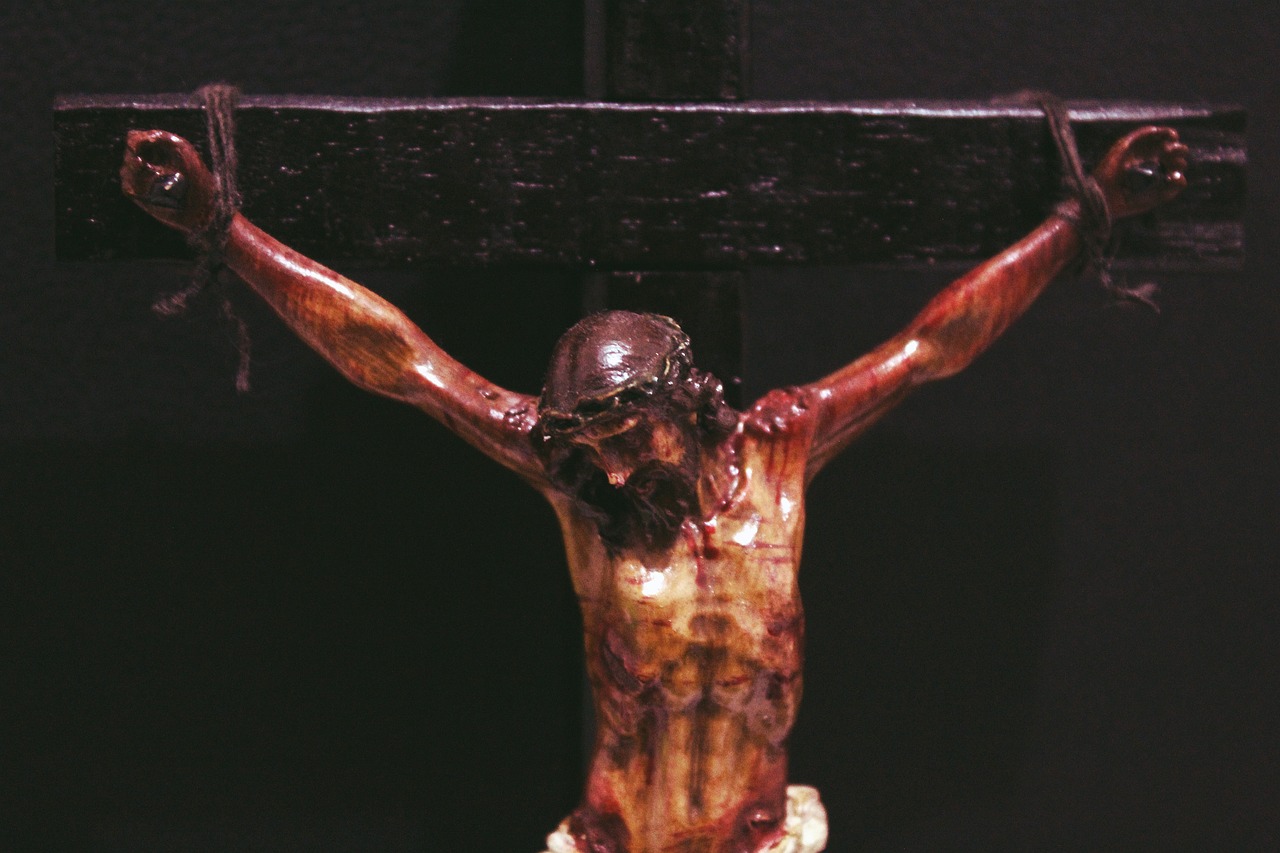Studying the rituals and laws described in Leviticus 14 is of utmost significance in relation to the person and work of Messianic Jesus. These rituals not only provide a glimpse into the religious practices of the Israelites but also offer a deeper understanding of Jesus’ role as the ultimate healer and the fulfillment of Messianic prophecies. Recognizing the connections between the Old Testament and the fulfillment of prophecies in the New Testament is essential in comprehending the theological importance of these rituals and their relevance to the life and ministry of Jesus.
Leviticus 14 serves as a vital chapter within the book of Leviticus, which contains laws and rituals given by God to Moses for the Israelites to follow. This chapter specifically outlines the ritual for the cleansing of a leper. Understanding the significance of this ritual requires recognizing its role in Israelite religious practices and the importance of ritual purity within the community. By delving into the details of Leviticus 14, we can gain a deeper appreciation for Jesus’ fulfillment of these rituals and his transformative work in the lives of those he encountered.
Overview of Leviticus 14
Leviticus, part of the Torah, is the third book of the Old Testament and plays a crucial role in shaping the religious practices and beliefs of the Israelites. This book contains laws, instructions, and rituals given by God to Moses, which were intended to guide the Israelites in their worship and daily lives. Leviticus 14 specifically focuses on the regulations and rituals surrounding the cleansing of a leper.
The term “leprosy” in the Bible encompasses a range of skin diseases and conditions. In ancient times, leprosy was considered a serious affliction that not only affected an individual’s physical health but also carried significant social and religious implications. Those suffering from leprosy were considered unclean and were required to live outside the camp, separated from the rest of the community. The rituals outlined in Leviticus 14 provided a means for the leper to be restored to the community, both physically and spiritually.
The Ritual for the Cleansing of a Leper
The ritual for the cleansing of a leper, as described in Leviticus 14:1-32, involves several steps and symbolic elements. The process begins with the leper being examined by a priest outside the camp, emphasizing the priest’s role in determining the leper’s cleanliness. This examination involved a careful observation of the leper’s condition to assess whether they were indeed free from the skin disease.
The ritual utilizes various elements, including two live birds, cedar wood, scarlet, and hyssop, each carrying symbolic significance. First, the priest would kill one of the birds over running water. The living bird would then be dipped in the blood of the slain bird and mixed with running water. The blood and water mixture would be sprinkled on the leper seven times, symbolizing the transfer of impurity and the need for purification.
The living bird, after being dipped in the blood and water mixture, would then be released in the open field. This act represented the leper’s liberation from impurity and restoration to the community. The leper would then wash their clothes, shave off all their hair, and bathe before they could reenter the camp. On the eighth day, the leper would make offerings and sacrifices to complete the cleansing process and demonstrate their renewed status of ritual purity.
The intricate details of the cleansing ritual highlight the meticulousness required to restore a leper to the community. It also serves as a powerful metaphor for the healing and restoration that Jesus brings to those who are spiritually unclean or afflicted. By examining the elements and symbolism within the ritual, we can gain deeper insights into Jesus’ role as the ultimate healer and the fulfillment of these ancient rituals.
Connection between Leviticus 14 and Messianic Jesus
The rituals described in Leviticus 14 have a profound connection to the person and work of Messianic Jesus. These rituals were part of a larger framework that pointed to the coming of the Messiah and laid the foundation for understanding the significance of Jesus’ ministry and sacrifice.
One of the key aspects that ties Leviticus 14 to Messianic Jesus is the theme of healing. In the Old Testament, leprosy was seen as a physical manifestation of impurity and sin. The ritual for the cleansing of a leper served as a means for the leper to be restored to the community, both physically and spiritually. Similarly, Jesus’ ministry was marked by numerous instances of healing, where he demonstrated his authority and power to restore physical health and spiritual wholeness.
Jesus’ interactions with lepers recorded in the New Testament highlight his role as the fulfillment of the cleansing ritual. In Matthew 8:1-4, for example, Jesus encounters a leper who approaches him, saying, “Lord, if you are willing, you can make me clean” (Matthew 8:2, NIV). Jesus, moved with compassion, touches the leper and declares, “Be clean!” Instantly, the leper is cleansed of his leprosy.
These gospel accounts demonstrate Jesus’ authority to heal and restore both physically and spiritually. By performing miracles of healing, Jesus not only fulfilled the prophecies of the Messiah but also revealed his divine nature and the redemptive purpose of his ministry. The connections between Jesus’ healing ministry and the rituals described in Leviticus 14 provide a powerful testament to Jesus’ role as the ultimate healer and the fulfillment of Messianic prophecies.
Messianic Prophecies in the Torah
The Torah, the first five books of the Old Testament, contains numerous prophecies that point to the coming of the Messiah. These prophecies lay the foundation for understanding the significance of the rituals described in Leviticus 14 in relation to Messianic Jesus.
One of the most well-known Messianic prophecies is found in Isaiah 53. This chapter speaks of a suffering servant who would bear the sins and afflictions of the people. The description of the suffering servant aligns with Jesus’ sacrificial death on the cross, where he took upon himself the sins of humanity and provided a means for reconciliation with God.
Leviticus 14, with its emphasis on cleansing and restoration, also aligns with the broader theme of redemption found throughout the Torah. The rituals described in this chapter served as a physical representation of the spiritual restoration that would come through the Messiah. By understanding the Messianic prophecies in the Torah, we can recognize the profound connection between Leviticus 14 and the work of Messianic Jesus.
Gospel References to Leviticus 14
The gospel accounts frequently make references to the rituals and laws described in the Old Testament, including Leviticus 14. These references serve to reinforce the connection between the work of Messianic Jesus and the rituals that foreshadowed his ministry.
In Mark 1:40-45, for example, we encounter the story of Jesus healing a man with leprosy. After the man comes to Jesus and pleads for healing, Jesus stretches out his hand and touches him, saying, “I am willing. Be clean!” (Mark 1:41, NIV). The man is immediately healed, and Jesus instructs him to go to the priest and offer the sacrifices prescribed by the law of Moses, as a testimony to them.
This incident not only demonstrates Jesus’ authority to heal but also highlights the importance of adhering to the rituals outlined in Leviticus 14. Jesus’ instruction to the healed man to present himself to the priest and offer the required sacrifices aligns with the instructions given in the Old Testament. By referencing these rituals, Jesus affirms their significance and acts as the fulfillment of their purpose.
The gospel references to Leviticus 14 emphasize the continuity between the Old Testament rituals and the work of Messianic Jesus. By studying these references, we can gain a deeper appreciation for the theological importance of understanding the connection between Leviticus 14 and Messianic Jesus.
Conclusion: The Profound Connection between Leviticus 14 and the Work of Messianic Jesus
In conclusion, the rituals described in Leviticus 14 hold great significance in relation to Messianic Jesus. These rituals, given by God to the Israelites, provided a means for the restoration and purification of those afflicted with leprosy. Understanding this connection enriches our understanding of Jesus’ role as the ultimate healer and the fulfillment of Messianic prophecies.
The parallels between the cleansing ritual in Leviticus 14 and the healing ministry of Jesus are evident. Just as the blood of the bird in the ritual symbolized the transfer of impurity, Jesus’ sacrifice brings about spiritual cleansing and restoration. Through his sacrificial death and resurrection, Jesus offers healing and forgiveness, enabling individuals to be reconciled with God.
By examining the rituals and prophecies in the Old Testament and their fulfillment in Jesus, we deepen our faith and appreciation for the redemptive work of Christ. The connection between Leviticus 14 and Messianic Jesus serves as a powerful reminder of God’s faithfulness in fulfilling his promises and the transformative power of Jesus’ ministry in the lives of those who seek him.
#Leviticus14 #MessianicJesus #OldTestamentRituals #SpiritualCleansing #MessianicProphecies #HealingMinistry #TorahConnections #SpiritualRestoration #FaithAndSalvation #RitualSymbolism #MessianicFulfillment #GospelReferences #RedemptionInChrist #BiblicalTheology #CleansingPower #ProfoundConnection



